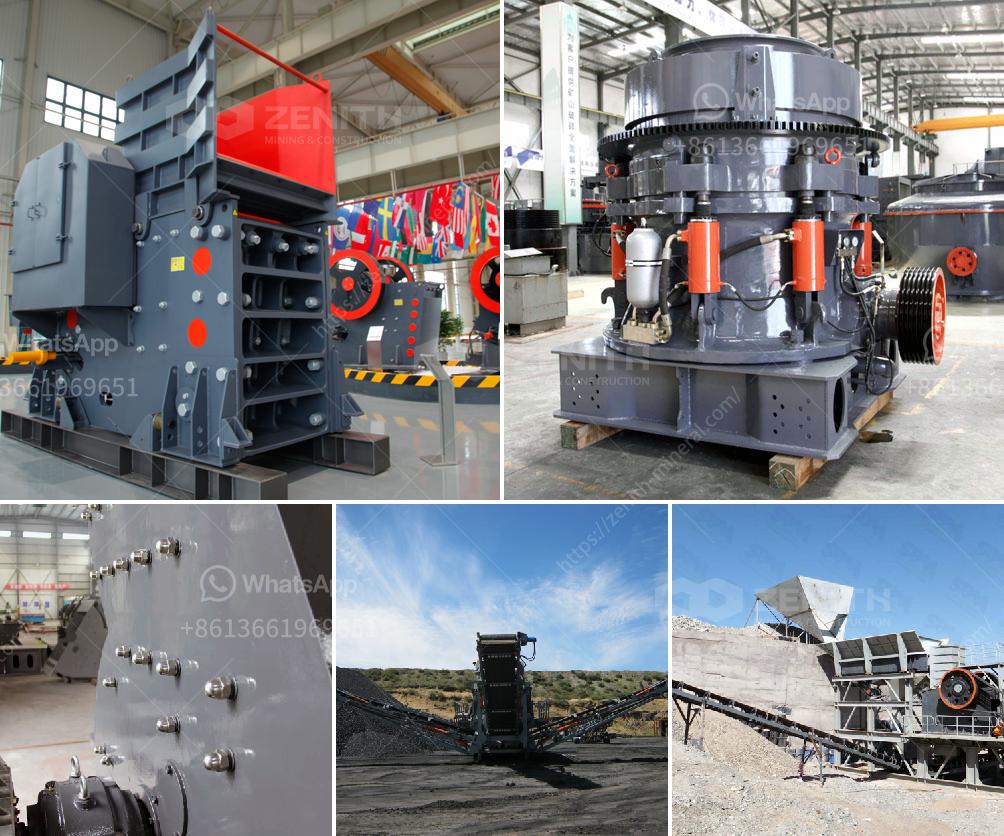In the cement industry, a crusher section is used to reduce the size of raw materials such as limestone, clay, and other components before they are further processed. Here are some key reasons why this step is crucial:
Size Reduction: Crushers break down large rocks and stones into smaller, manageable pieces. This makes it easier to handle and process the materials in the subsequent stages of production.
Facilitates Milling: Smaller, uniform-sized particles are essential for efficient and effective milling. This enhances the quality and uniformity of the cement being produced.
Improves Chemical Composition: By achieving a consistent size in the raw material, the chemical composition of the mix can be controlled more precisely, leading to a higher-quality final product.
Energy Efficiency: Crushing the raw materials before they enter the milling process can improve energy efficiency. Smaller particles take less energy to grind than larger ones, aiding in reducing overall energy consumption.
Increases Homogeneity: A crusher ensures that the feed material is more uniform, reducing fluctuations in the kiln, which leads to more consistent clinker quality.
Operational Efficiency: A pre-crushed material reduces wear and tear on the milling equipment, extending its lifespan and decreasing downtime for repairs and maintenance.
By integrating a crusher section into the cement production line, the industry can ensure a smoother, more efficient, and cost-effective operation.
